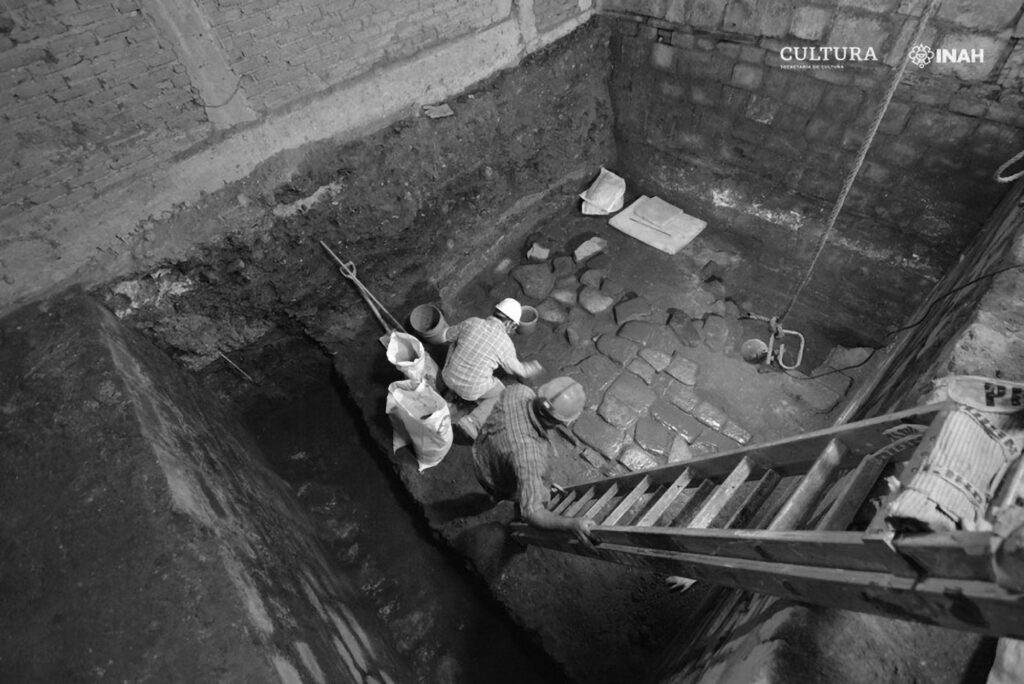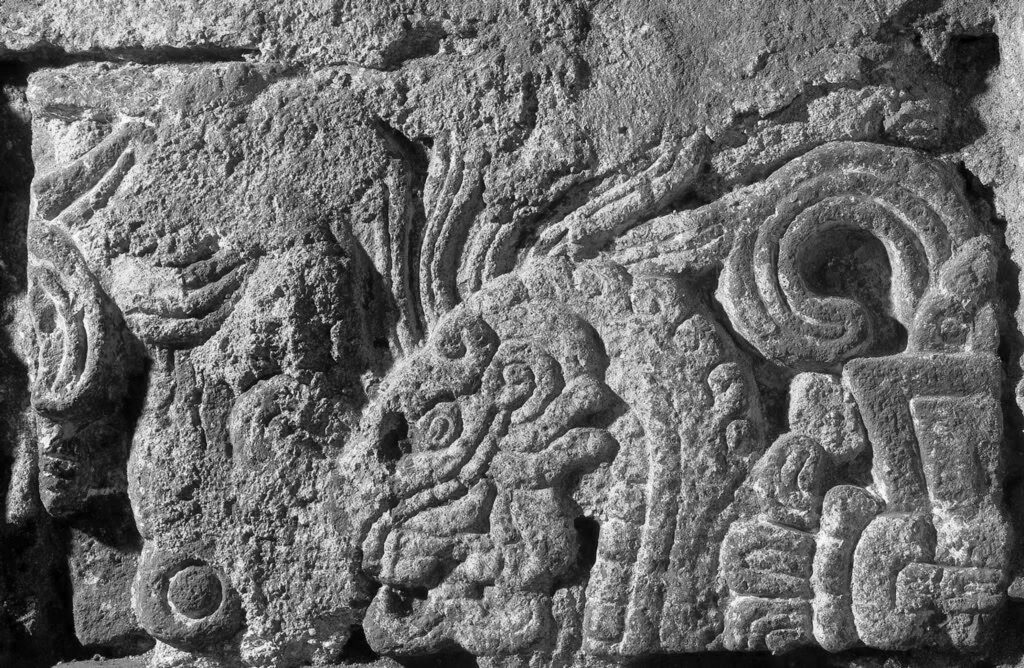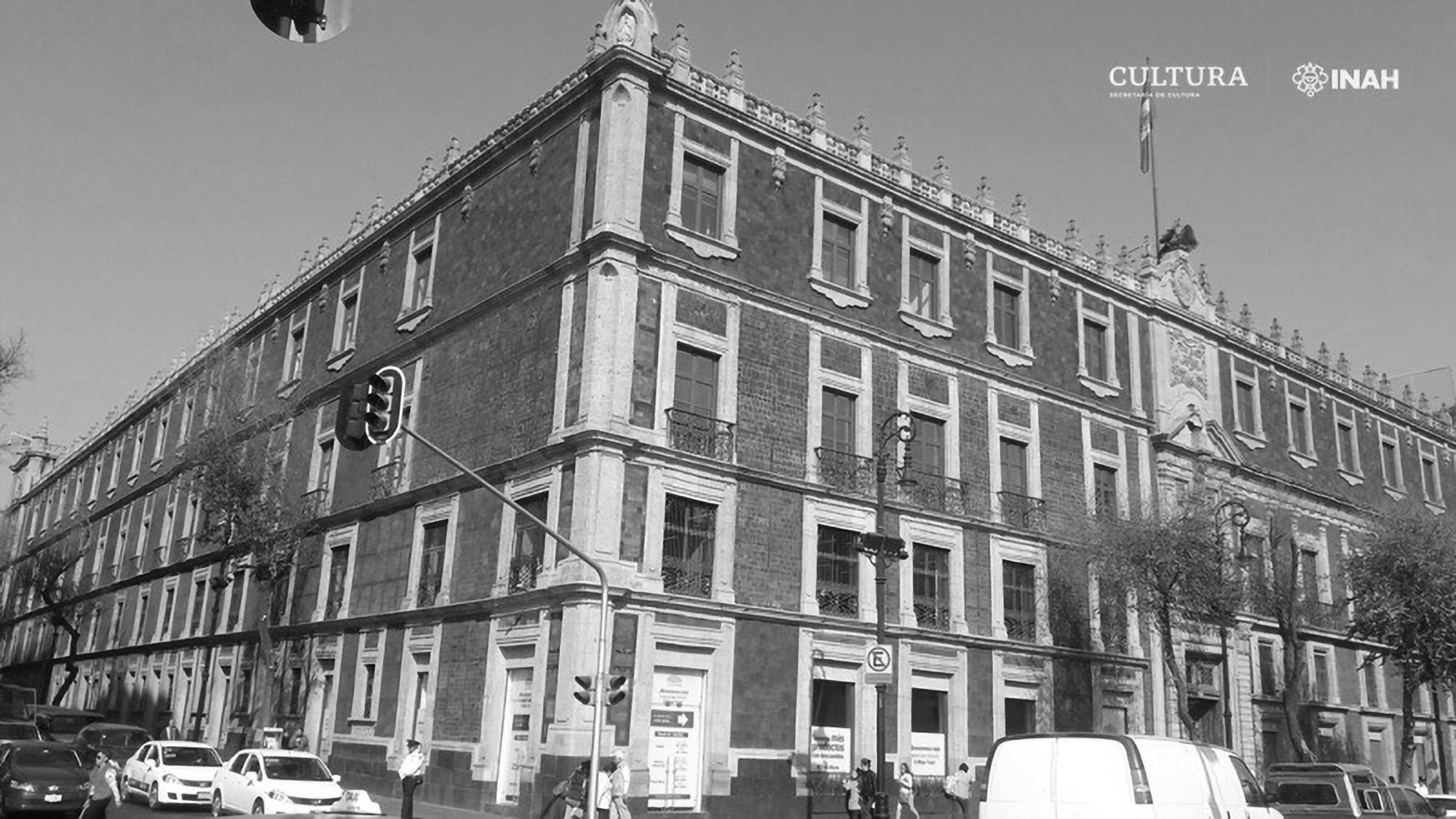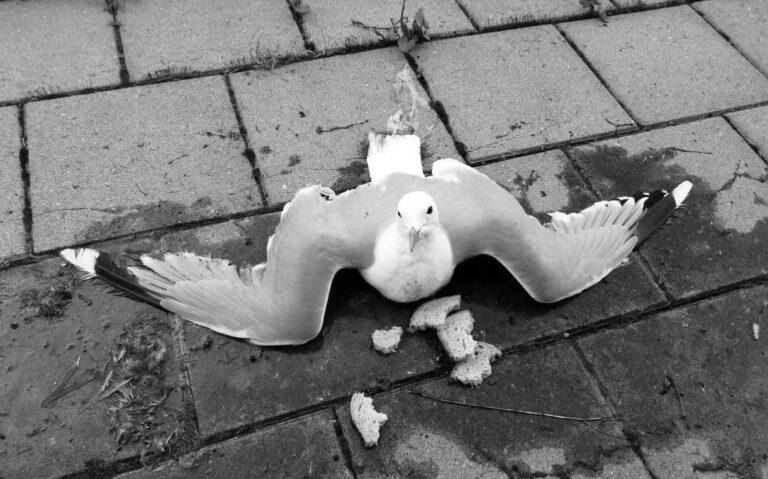Archaeologists have discovered the remains of an ancient Aztec palace which later became the site of the home of famed Spanish conquistador Hernan Cortes in Mexico City.
The discovery was made under the Nacional Monte de Piedad (National Mount of Piety), an iconic pawnshop in the centre of the Mexican capital Mexico City during construction work to reinforce the columns supporting the first floor of the building.
The Secretary of Culture said in a press statement reported by local media Sinembargo that basalt slabs belonging to a pre-Hispanic palace called the Casas Viejas of Axayacatl (Old Houses of Axayacatl) had been found during the work.

Axayacatl was an Aztec ruler and the National Institute of Anthropology and History (INAH) said the slabs, which were found at a depth of three metres, belonged to the floor of an open area or patio of his palace.
Researchers explained to local newspaper Sinembargo that they dug 12 exploration wells in the main patio of the Nacional Monte de Piedad and also discovered the remains of a wall made from stone and mortar as well as a column from the Colonial period.
The remains of a room made of basalt were also found above the Aztec patio and the Secretary of Culture said in the press statement: “Later analysis allowed us to conclude that this was the house of Hernan Cortes after Mexico-Tenochtitlan fell to the Spanish in 1521.”
The materials of Cortes’ home were likely reused from Axayacatl’s palace.

Cortes arrived in Mexico in 1518 during a mission to explore areas for Spanish colonisation before he led the siege of the Aztec capital Tenochtitlan (located in modern-day Mexico City) in 1521, eventually razing the city after it surrendered.
The discovery was first made in September 2017 and analysis of the remains continues.
The INAH said in a press statement published on their website that embedded in the facade of the colonial room, two pre-Hispanic stones carved into sculptures in high relief were found.
They depict a feathered serpent (Quetzalcoatl) and a headdress of feathers and must have belonged to Axayacatl’s palace. it was claimed.
A sculpture with the symbol for the Pleiades star cluster which the Aztecs used to help them measure time was also found during the works.

Representation of the serpent Quetzalcoatl, which is probably to be part of the Palace of Axayacatl 
Archaeological virreinals materials found during the excavations in the house of National Mount of Pity
To find out more about the author, editor or agency that supplied this story – please click below.
Story By: Ana Lacasa, Sub-Editor: Michael Leidig, Agency: Newsflash
The Ananova page is created by and dedicated to professional, independent freelance journalists. It is a place for us to showcase our work. When our news is sold to our media partners, we will include the link here.




